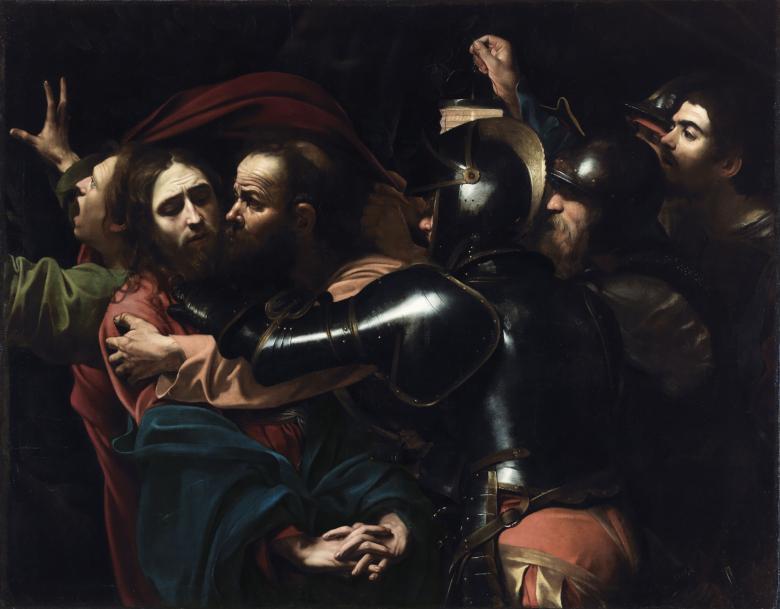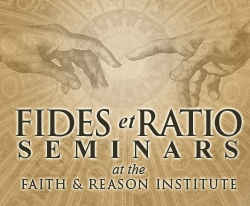‘The Taking of Christ’ by Caravaggio
There are seven men: a fleeing follower of Jesus, assumed by art experts to be St. John; the Incarnate God; His betrayer; three soldiers (one identifiable only by the gleam of his helmet); and, next to the left of that soldier, a man holding up a lantern, the light of which illuminates the scene. This last figure is significant because it’s a self-portrait of the artist.
That Caravaggio put himself in the painting surely tells us something about him, although not much. So, we’re left to speculate.
Perhaps he’s touting his role as a soldier in the battle against the Protestant Reformation. It doesn’t tell us that he saw himself precisely as the artistic leader of the Counter-Reformation (Controriforma or Contrareformatio), not least because that term is a 19th-century coinage. Therefore, two centuries in the future.
But in commissioning work from him, his patrons – clerical and otherwise (all or nearly all Catholic) – likely did speak to Caravaggio of the need to forcefully assert Catholicism against the sullen iconoclasm of Luther, Calvin, et alii, and the Northern European artists who were their followers.
And for Caravaggio, there was always the refutation of the rigidity and formalism of much Renaissance and post-Renaissance art of his Catholic predecessors. And I’m talking about the work of Leonardo, Michelangelo, Raphael, and the rest.



